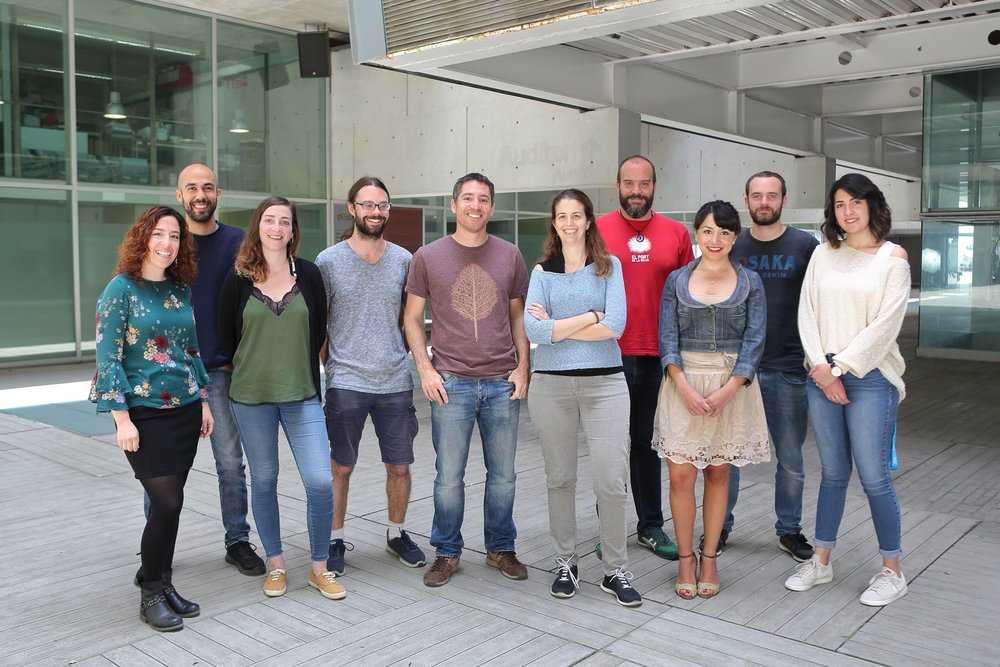Manuel Irimia
Transcriptomics of vertebrate development and evolutionThe Irimia lab (CRG, Barcelona, Spain) investigates how a single genome sequence encode the information to build the enormous complexity of cell types and structures of an adult organism and how changes in this sequence translate into morphological novelties during evolution.

Our research tackles two major questions: How does a single genome sequence encode the information to build the enormous complexity of cell types and structures of an adult organism? How are changes in this sequence translated into morphological novelties during evolution? To address these questions, the Irimia lab together with the Dreosti lab combines computational and experimental approaches using in vitro and in vivo systems (zebrafish, mouse and fruitfly) to investigate the roles of transcriptomic diversification and specialization in embryonic development and evolution.

Project at ZENITH
Publications
- Torres-Méndez, A., Bonnal, S., Marquez, Y., Roth, J., Iglesias, M., Permanyer, J., Almudí, I., O’Hanlon, D., Guitart, T., Soller, M., Gingras, A.-C., Gebauer, F., Rentzsch, F., Blencowe, B.J.B., Valcárcel, J., Irimia, M. [2019]. A novel protein domain in an ancestral splicing factor drove the evolution of neural microexons. Nature Ecol Evol, 3:691-701. (Micro Exons)
- Fernandez, J.P., Moreno-Mateos, M.A., Gohr, A., Miao, L., Chan, S.H., Irimia, M., Giraldez, A.J. [2018]. RES complex is associated with intron definition and required for zebrafish early embryogenesis. PLoS Genet, 14:e1007473. (Micro Exons)
- Burguera, D., Marquez, Y., Racioppi, C., Permanyer, J., Torres-Mendez, T., Esposito, R., Albuixech, B., Fanlo, L., D'Agostino, Y., Gohr, A., Navas-Perez, E., Riesgo, A., Cuomo, C., Benvenuto, G., Christiaen, L.A., Martí, E., D'Aniello, S., Spagnuolo, A., Ristoratore, F., Arnone, M.I., Garcia-Fernàndez, J., Irimia, M. [2017]. Evolutionary recruitment of flexible Esrp-dependent splicing programs into diverse embryonic morphogenetic processes. Nat Commun, 8:1799. (Micro Exons)